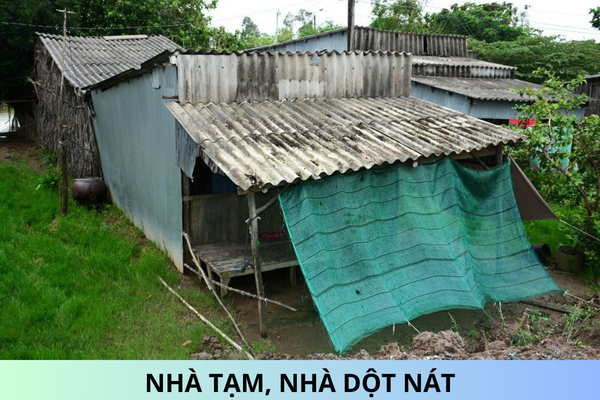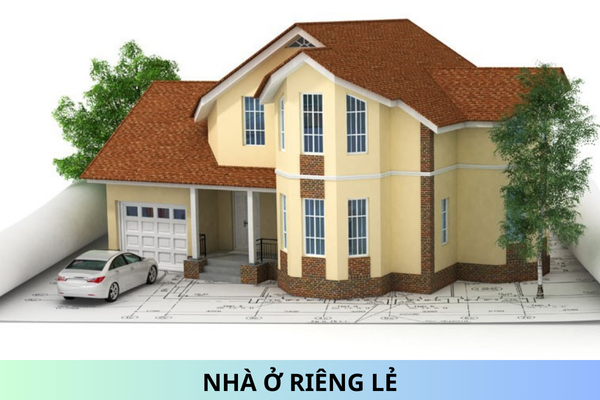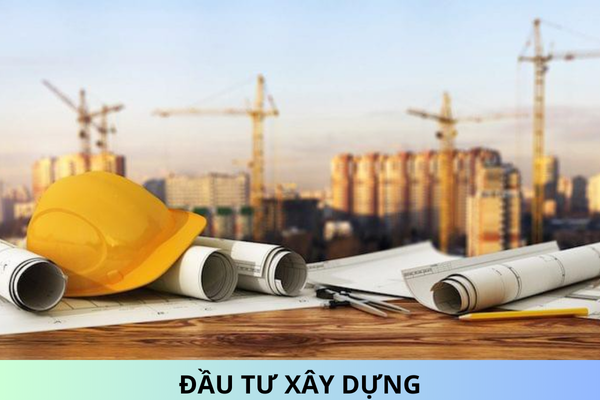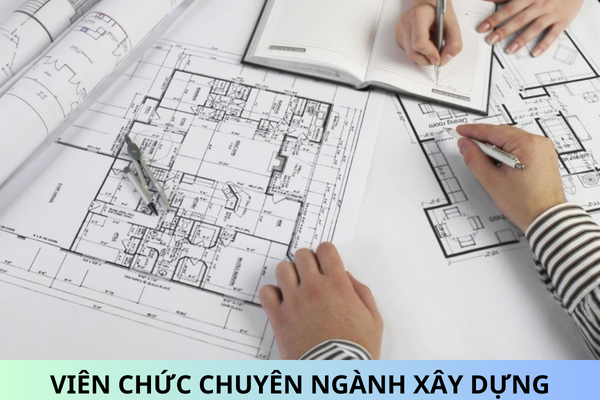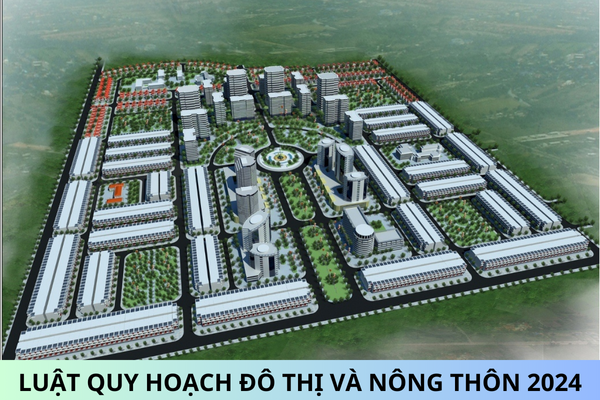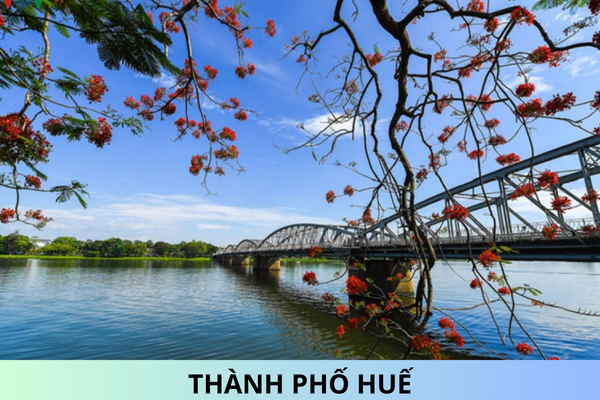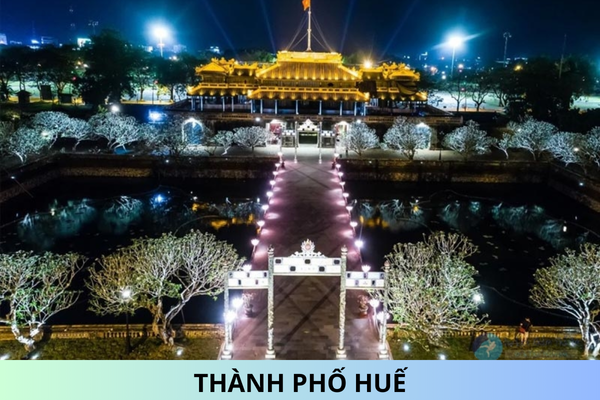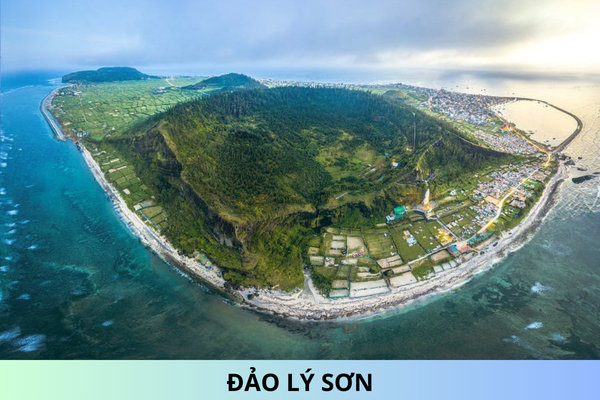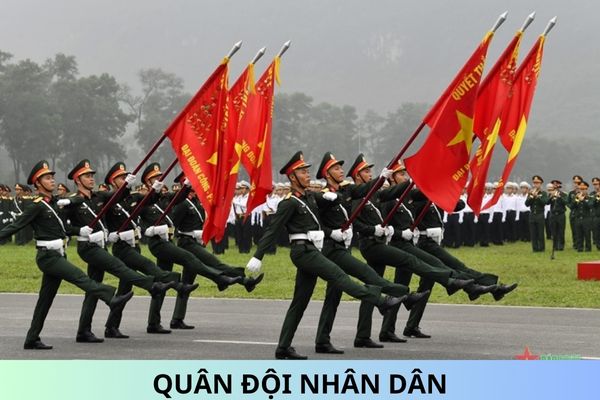What are regulations on lighting in ensuring safety at construction sites in Vietnam?
What are regulations on lighting in ensuring safety at construction sites in Vietnam? What are regulations on natural disasters and hazardous weather conditions in ensuring safety at construction sites in Vietnam?
Thank you!
What are regulations on lighting in ensuring safety at construction sites in Vietnam?
Pursuant to Section 2.1.9 of the National technical regulation on safety in construction QCVN 18:2021/BXD stipulating regulations on lighting in ensuring safety at construction sites in Vietnam as follows:
2.1.9.1 In places where natural light is not guaranteed to work safely such as outdoor construction at night, in underground floors, in tunnels, appropriate light sources and sufficient brightness must be equipped and installed (including portable, hand-held lights where appropriate). The way in and out of the workplace and areas with people walking on the construction site must also be illuminated to ensure safety.
Note 1: For specific workplace lighting requirements and types of work, see QCVN 22:2016/BYT.
Note 2: Minimum lighting requirement for travel is 50 Lux for enclosed areas inside works or inside underground works and tunnels.
2.1.9.2 Artificial light must be controlled so that it does not create excessive glare, glare or shadows that make it impossible for workers to perform safe work due to incorrect operation, inability to see surroundings clearly or reduced vision.
2.1.9.3 Lighting lamps must be protected by lanterns or other suitable measures so as not to be broken due to impact and strong wind.
2.1.9.4 Conductors for portable lighting equipment must have dimensions and specifications suitable for electrical engineering requirements and have sufficient mechanical strength to withstand harsh conditions during construction.
NOTE: See detailed regulations at 2.16.
What are regulations on natural disasters and hazardous weather conditions in ensuring safety at construction sites in Vietnam?
Pursuant to Section 2.1.11 of the National technical regulation on safety in construction QCVN 18:2021/BXD stipulating natural disasters and hazardous weather conditions in ensuring safety at construction sites in Vietnam as follows:
2.1.11.1 During the rainy and stormy season, the employer is responsible for regularly inspecting and taking the following necessary measures:
a) Collect and store in a secure place for volatile objects in strong winds such as wooden slats, wooden planks, metal boxes or crates, doors and other volatile objects so as not to pose a danger to occupants and in the vicinity of the construction site;
b) Cover or take protective measures for urban infrastructures, scaffolding (especially when they are installed outdoors), construction machinery, equipment, power lines, electrical equipment, electrical systems, lightning protection systems, warehouses containing toxic and dangerous substances and chemicals that may be released into the environment;
c) Protective measures (if necessary) for roads, barriers, foundation structures supporting machines, equipment and other objects on the construction site that may be affected by floods;
d) Other necessary measures to ensure safety for people at the construction site from the impacts of storms, thunderstorms, stormy rain, hail, flood, flood.
2.1.11.2 Except for those who are professionally trained for rescue purposes, it is forbidden for workers to work in locations or areas directly affected by natural disasters or weather that may cause danger to workers. action in the following cases:
a) When there is a tropical depression, storm or strong wind of level 5 or higher (according to the Bopho wind level specified in QCVN 02:2009/BXD);
b) When there is a thunderstorm, hail, thunder;
c) When the air temperature is higher than 35 o C or lower than 0 o C without specialized industrial protection devices to ensure safety;
d) When there is flooding on the construction site or in underground works, tunnels;
dd) When there is heavy rain with rainfall of 51 mm/24 hours or 26 mm/12 hours or more;
e) When working underwater, near or on the water surface with large waves (wave height from 2.0 m or more), fast currents.
NOTE: Locations and working areas that are directly affected by natural disasters or weather include but are not limited to the following cases: In the open air, on the outside of the building; in open spaces of the building; in underground works, tunnels; near or on the surface of the water, under the water.
2.1.11.3 After a natural disaster, the contractor is responsible for inspecting and assessing unsafe risks on the construction site (such as subsidence, landslides, ground subsidence, excavation pits, transmission line breakdowns, etc.) electricity, electrical equipment, electrical system and other dangerous factors), condition of scaffolding, urban infrastructure, structural safety as prescribed at point a of 2.1.6.1, condition of suspended objects (or anchors) on the works and other work items mentioned in 2.1.11.1.
2.1.11.4 Employees are only allowed to continue working after the contractor confirms in writing that they are fully qualified to work.
Best regards!
